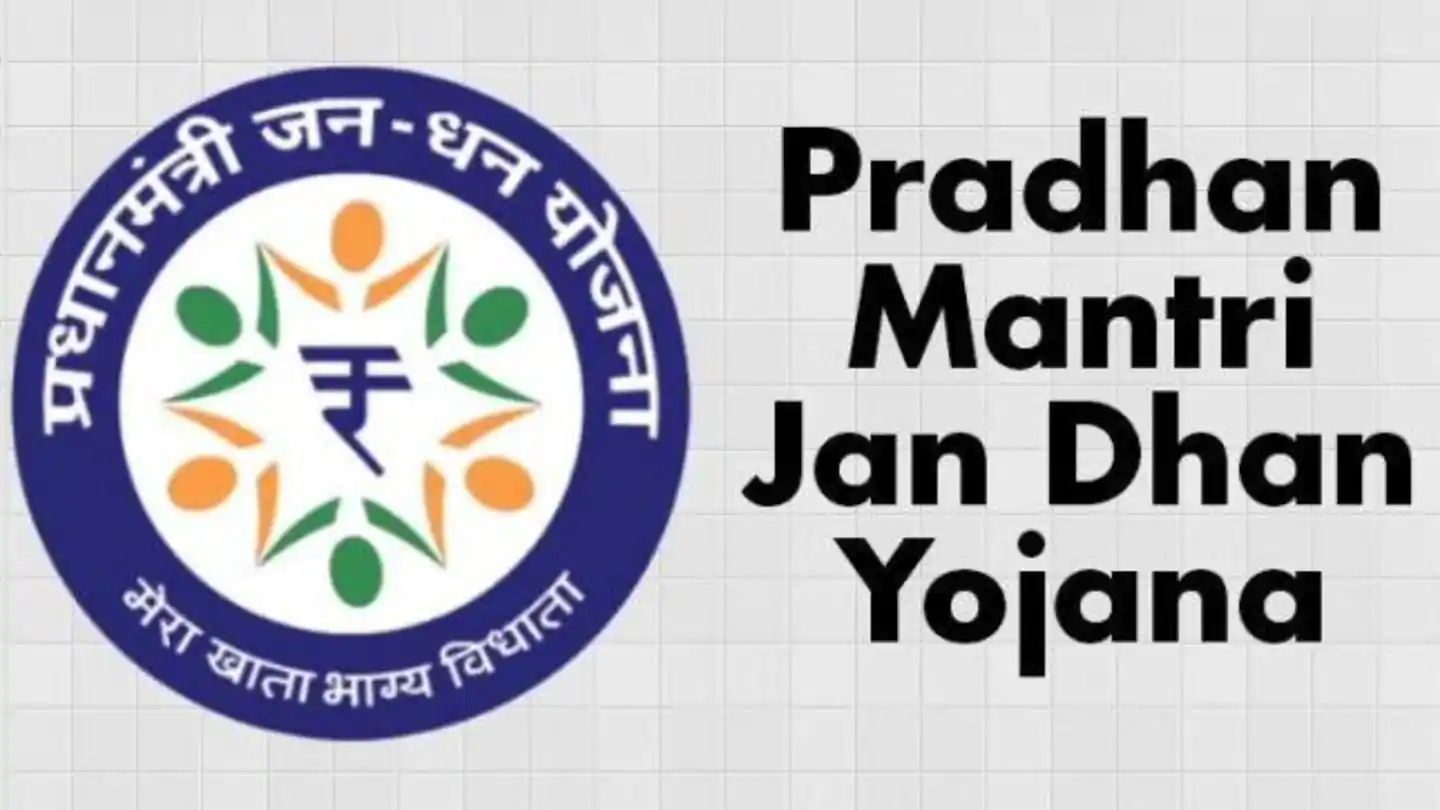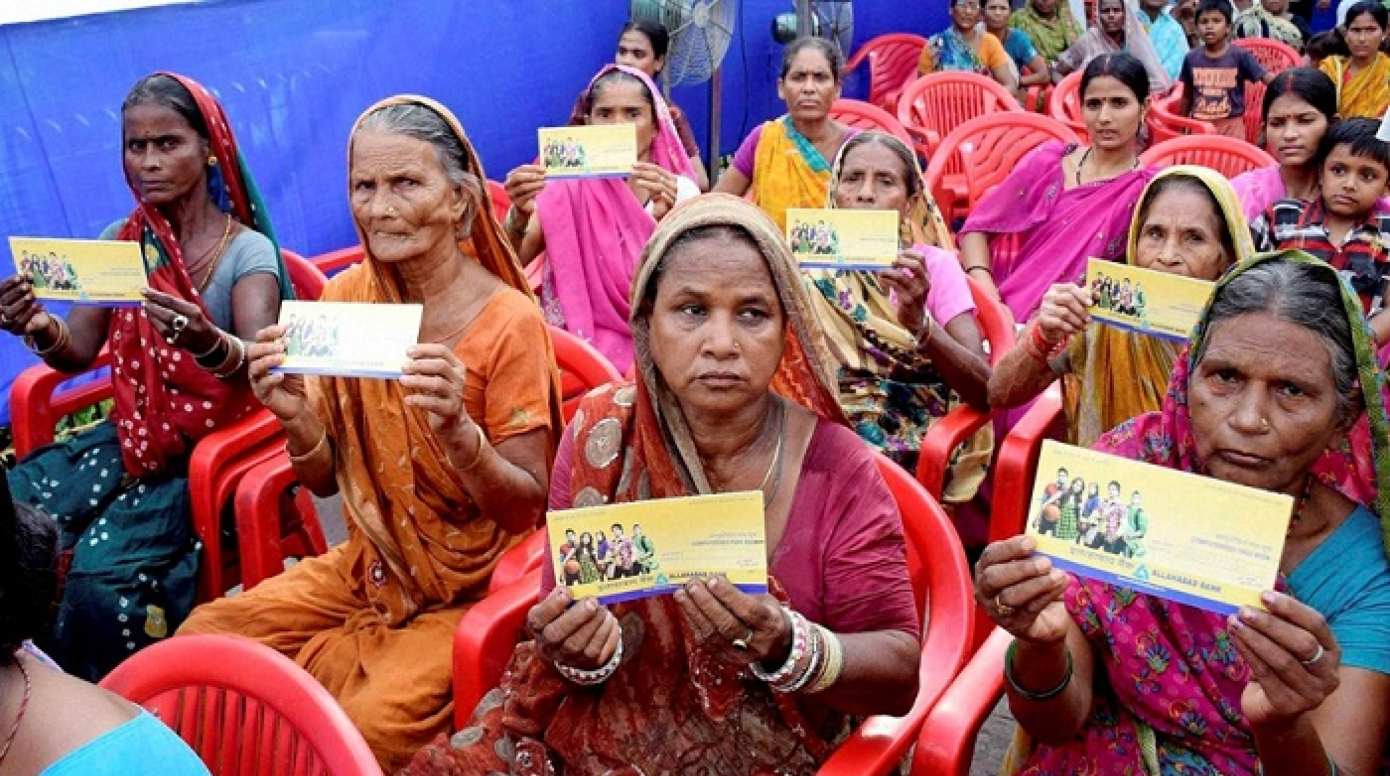Social security schemes should be pursued with vigour by financial inclusion

Social security schemes should be pursued with vigour by financial inclusion
When it comes to social security by financial inclusion, the facts are all too well known. There were 45 billion beneficiaries of the PMJDY as of March 2022, with a total outstanding balance of Rs. 1.63 lakh crores. Women make up a sizable portion of the recipients, accounting for a staggering 55 per cent or 25 crores.
These numbers show that millions of people needing financial assistance have benefited from the PMJDY. These statistics do not indicate if opening a bank account has led to further economic benefits required for human flourishing, including social security, wealth creation, or availability of finance for enterprises.
It is necessary to go beyond merely providing a fundamental bank account to achieve financial inclusion. India continues to hold the top spot in the unbanked population rankings with 190 million people, despite the PMJDY program expanding and the numbers rising each month. This is unequivocal proof that there are still millions of dormant bank accounts and that financial inclusion is not always a given just because one has a bank account.

Governments must consequently shift their perspective on financial inclusion and consider a more inclusive and integrated delivery of services. Banks must increase the number of people who enrol in the Social Security Scheme. Still, they face the same problems yearly, including human resources, outreach, financial literacy, high operational costs for opening bank branches, and the slow uptake of digital solutions in remote locations. Fintechs come to the rescue in this situation.
The prospect of 150 million+ untapped credit-worthy clients has inspired fintechs to rise to the challenge and offer financial services beyond simply establishing a savings account. Several fintech active in this market is utilizing technology to build an integrated financial ecosystem that will aid in providing the end-customer with wealth-creating tools and social security protection products, such as health insurance, crop insurance, property insurance, farm insurance, automobile insurance, or even access to capital to fund SME dreams, all at the touch of a mobile device.
With their comprehensive set of services and features that not only make it easy for a customer to take advantage of benefits but also streamline procedures that have previously proven to be complex, such as KYC verification, applying for a loan, or even obtaining something like a FastTag, neobanks may help move the financial inclusion goals closer to realization.
As an illustration, consider health insurance. According to Niti Aayog, 42 crore individuals in India, or more than 30% of the population, do not have health insurance. During the unusual Covid-19 outbreak, the lack of medical insurance drove several people even farther into poverty, highlighting the critical need to expand social security coverage.
Given the expensive cost of medical care and the challenges in getting efficient, conveniently available government-provided healthcare, medical insurance becomes crucial and necessary.
The government has unavoidably concluded that social security programs are crucial for keeping our neighbours—men, women, and children—safe, especially in times of crisis, as evidenced by the announcement of the opening of a site to collect vital data on gig workers, including migrant workers. This obvious conclusion was revealed by Covid-19.

There is no denying the Business Correspondent services‘ outstanding performance, demonstrating its exceptional ability to safeguard millions of people through financial inclusion. We must stress once more that financial inclusion must go beyond the most basic banking services and does not merely mean restricting the notion of opening a bank account. The next step is to pursue financial integration and provide various services, including social security coverage, that have previously been either siloed or challenging to access.
These factors, along with the acceleration of Internet bandwidth, smartphone adoption, and the booming fintech business in India (an industry valuation of $150-160 billion by 2026), point in that direction. Given that the vast bulk of India’s labour force—400+ million people—works for a daily pay and is a member of the enormous unorganized sector, unforeseen disasters like illness, accidents, or rapid loss of income can drive families into poverty.

Therefore, we must cooperate with the government and financial institutions to build an environment that supports financial inclusion by integrating financial services more thoroughly. Delivering these services in person or online would redefine financial inclusion and provide millions of underserved, unbanked, and underprivileged people relief from crippling costs.
Edited by Prakriti Arora




